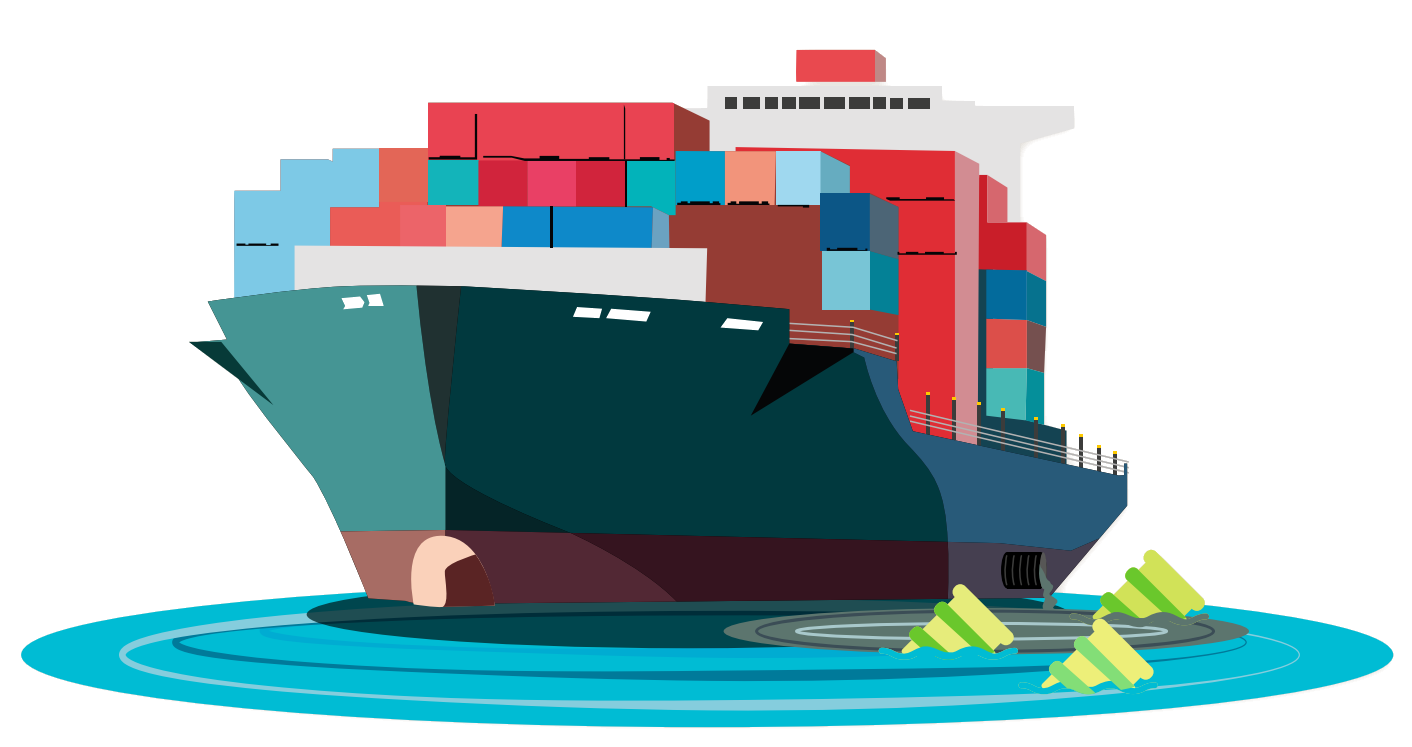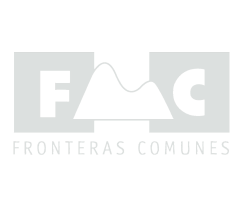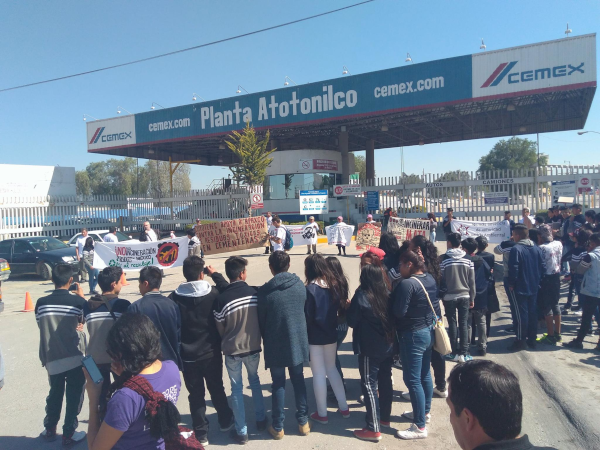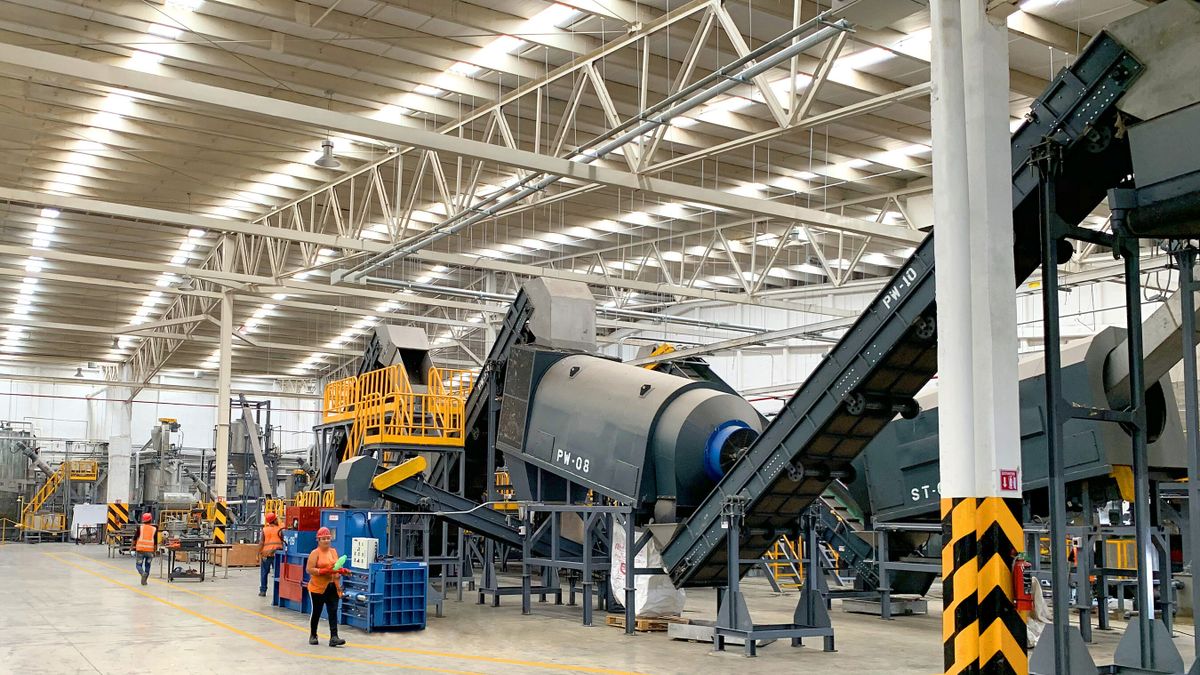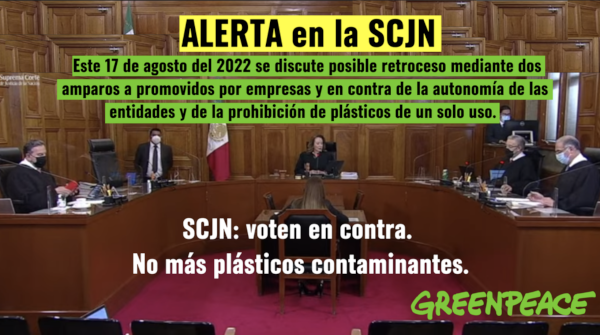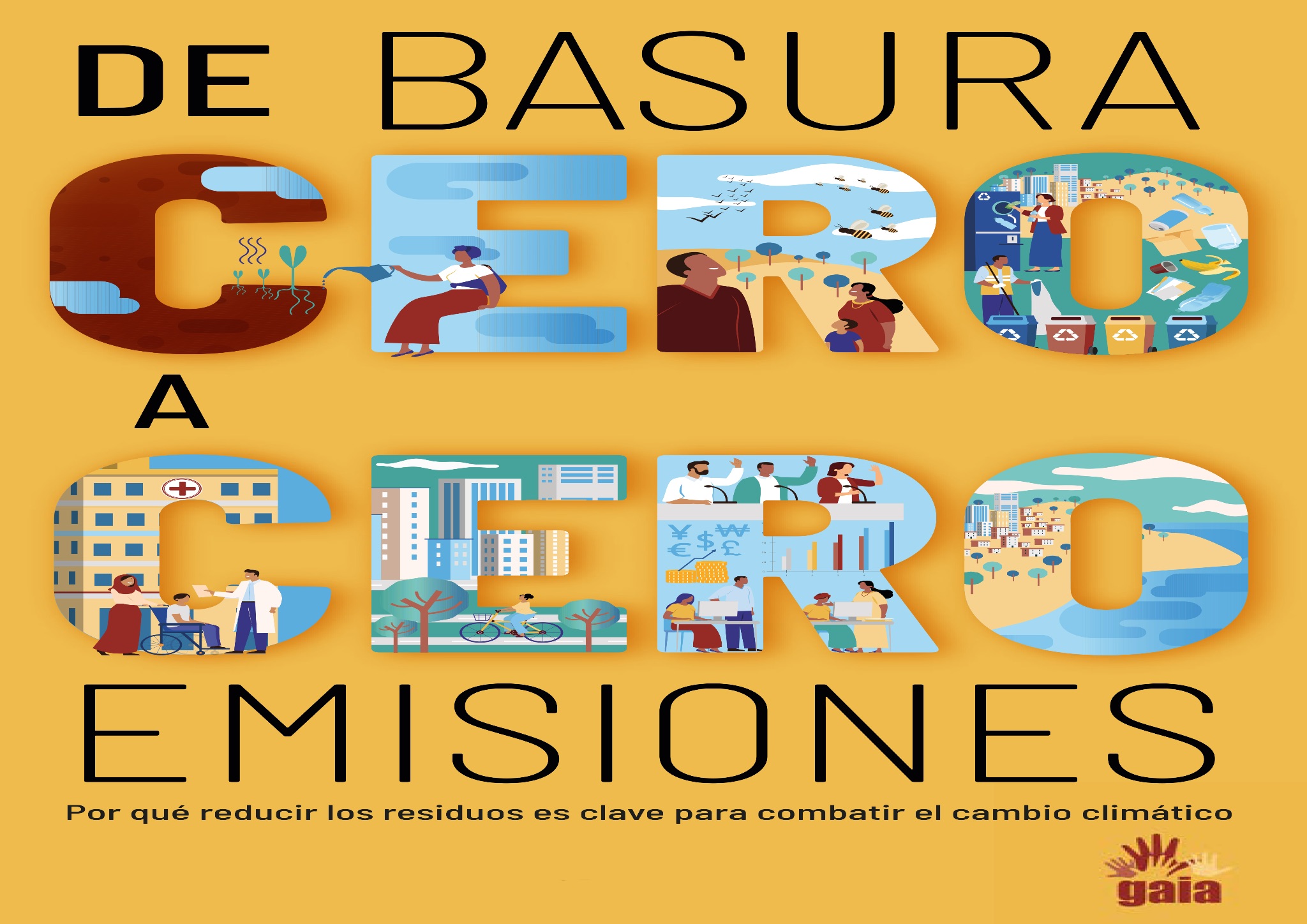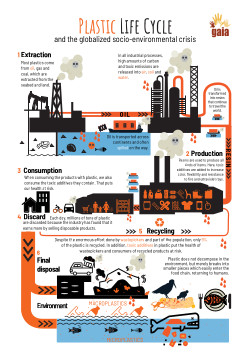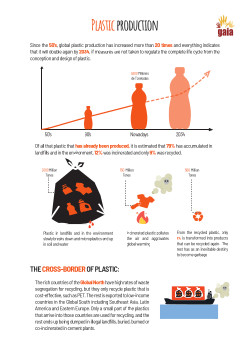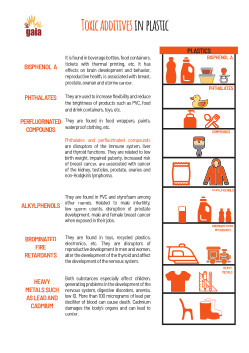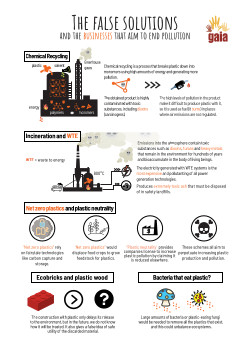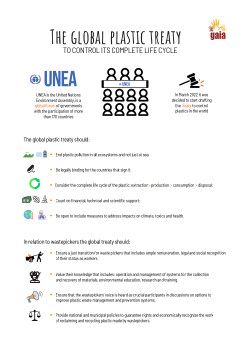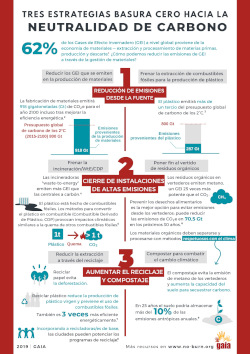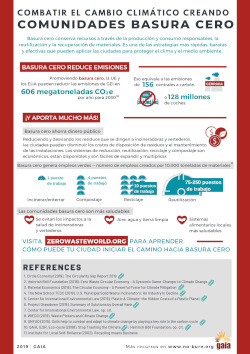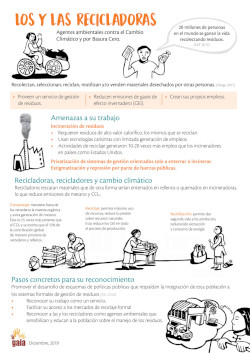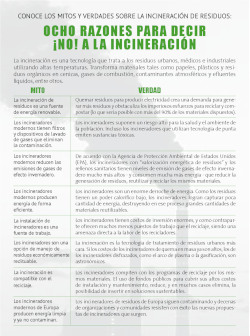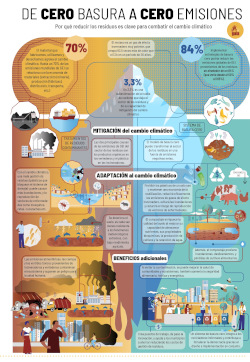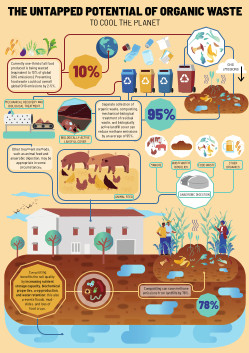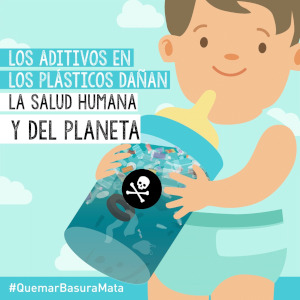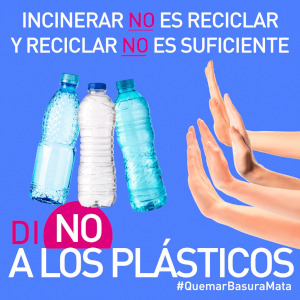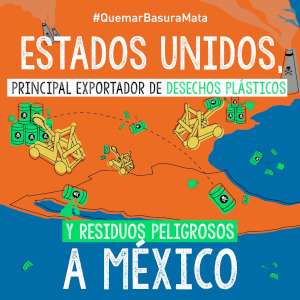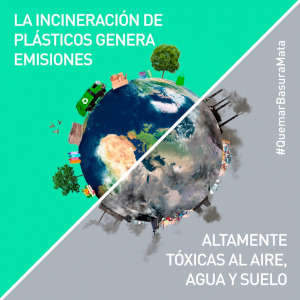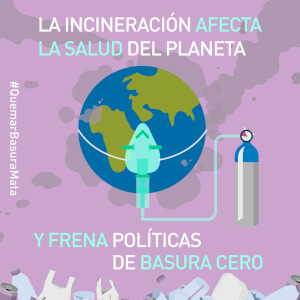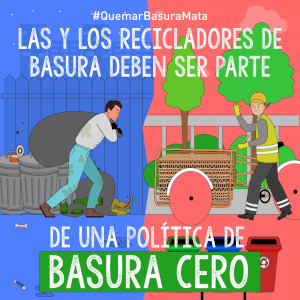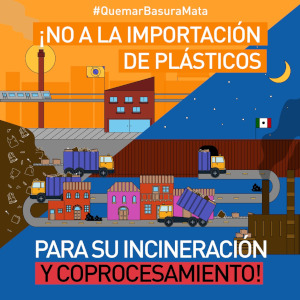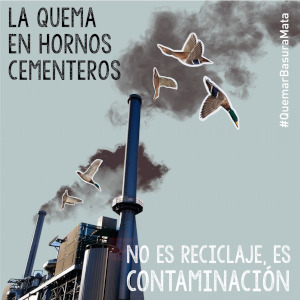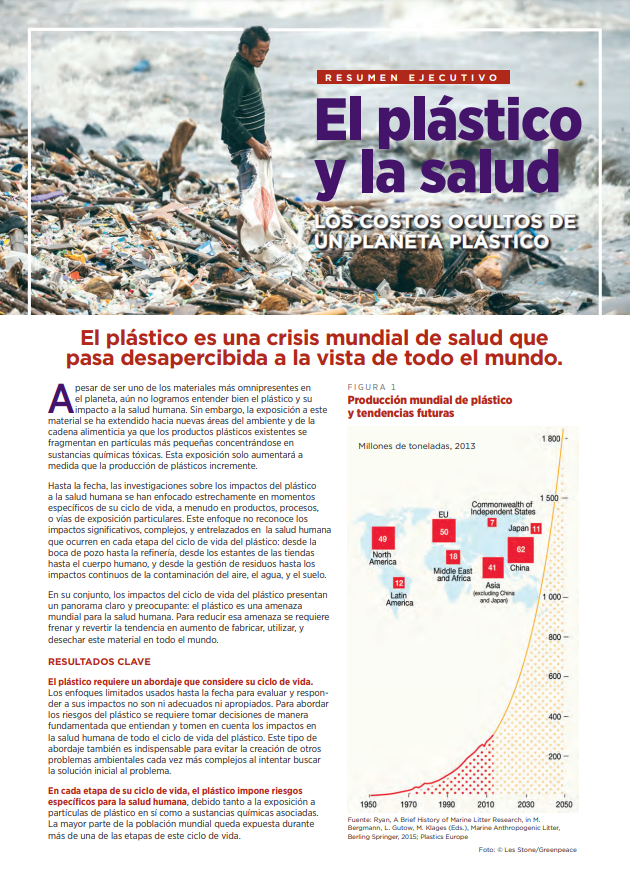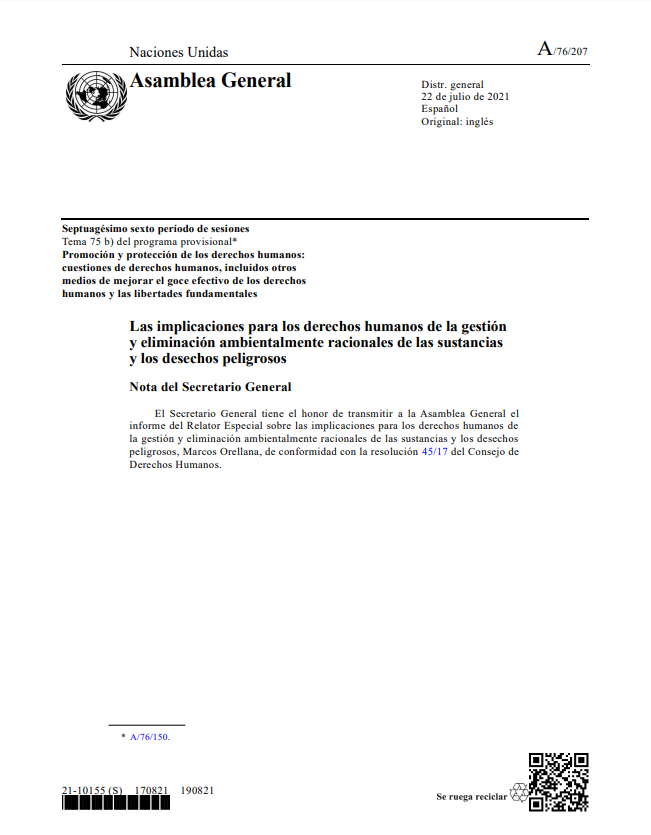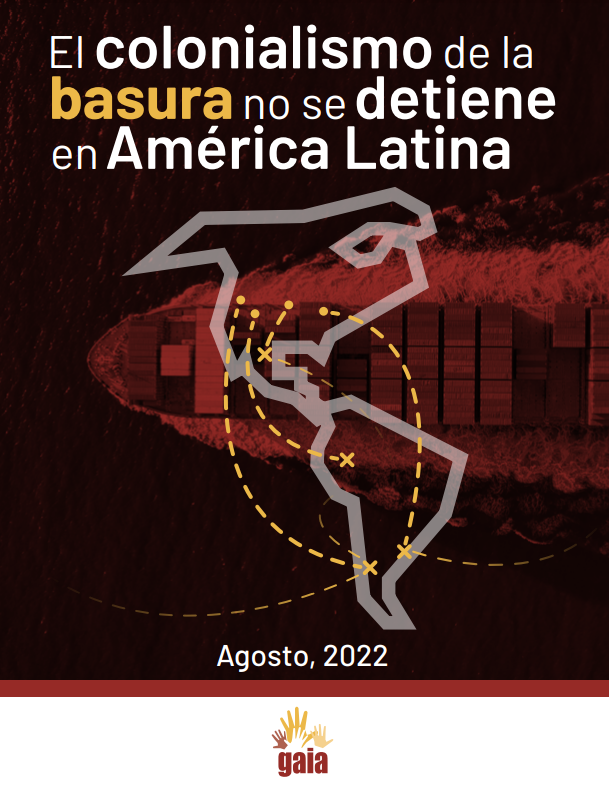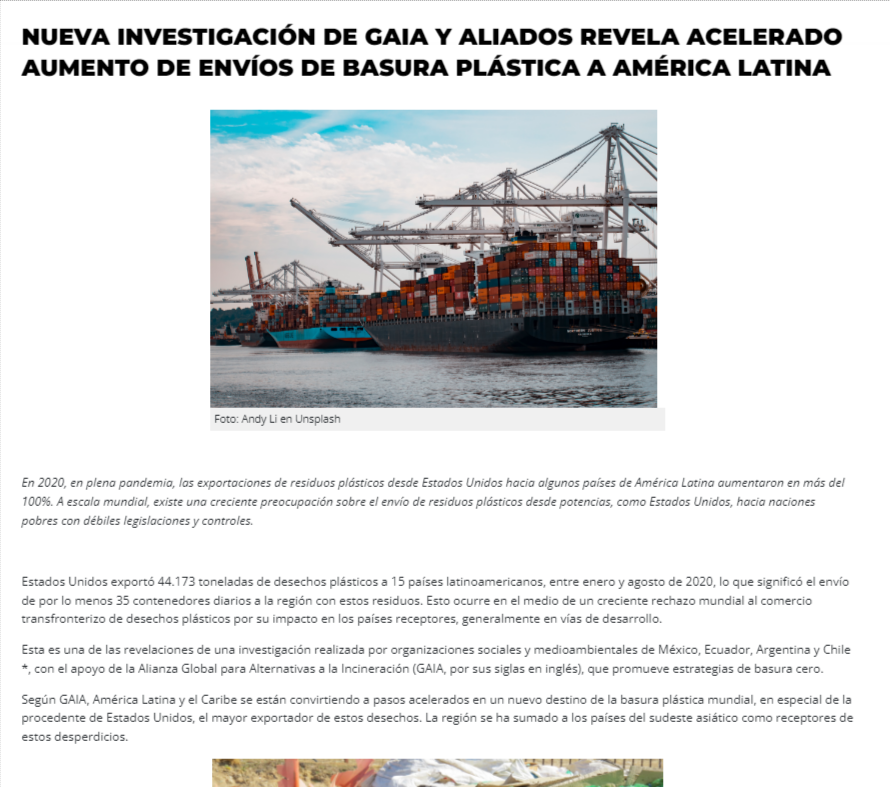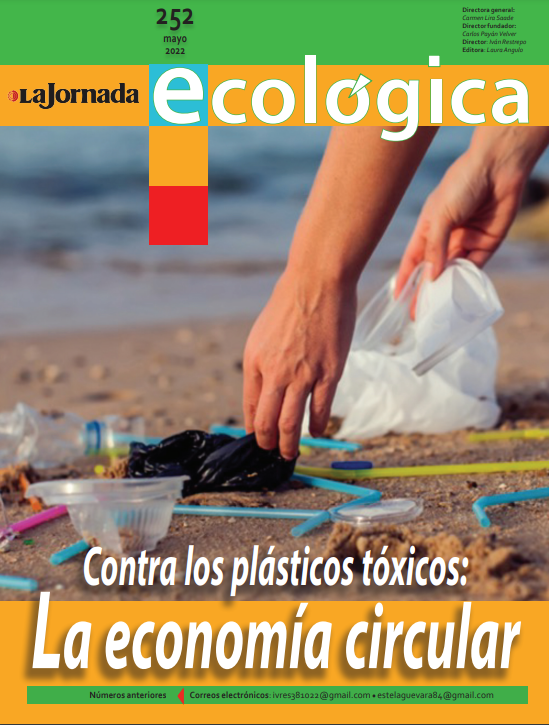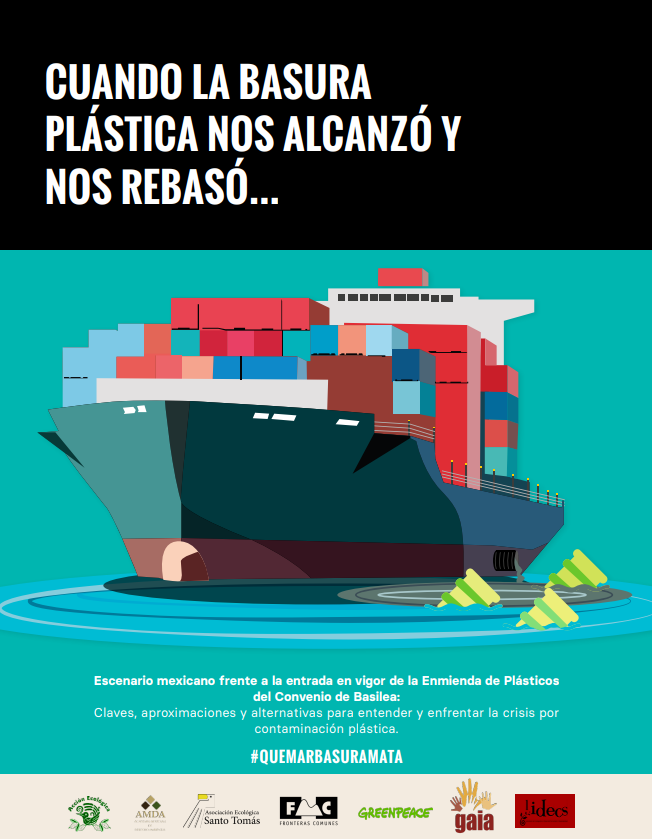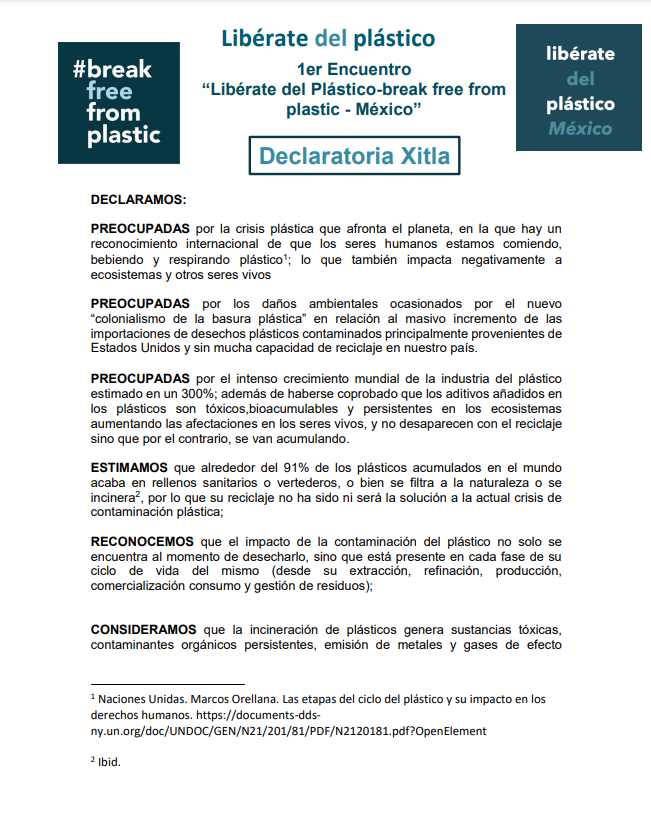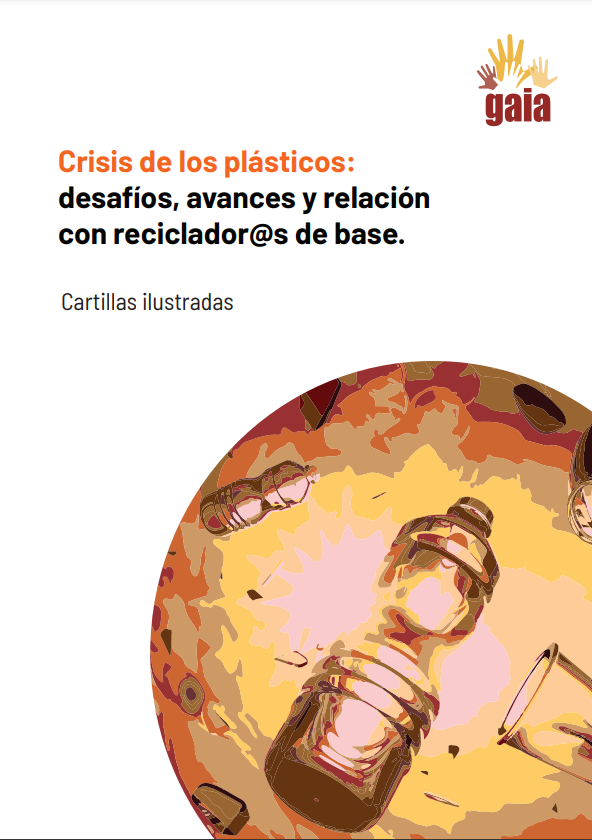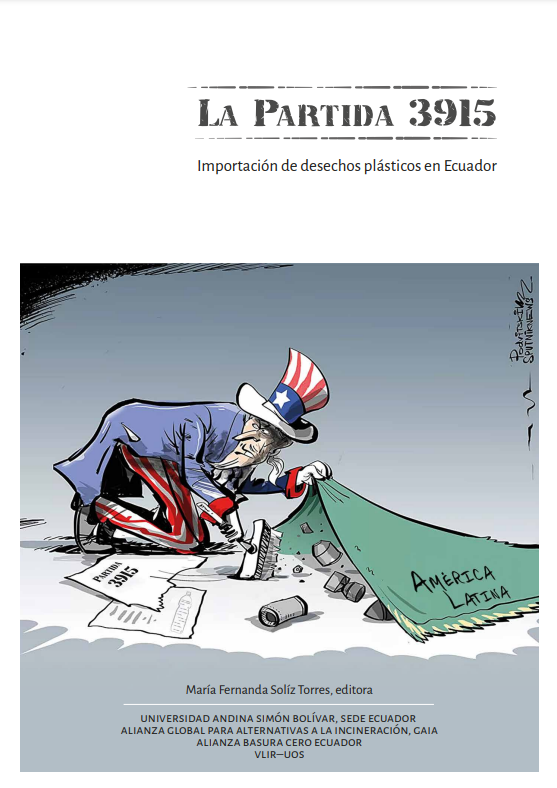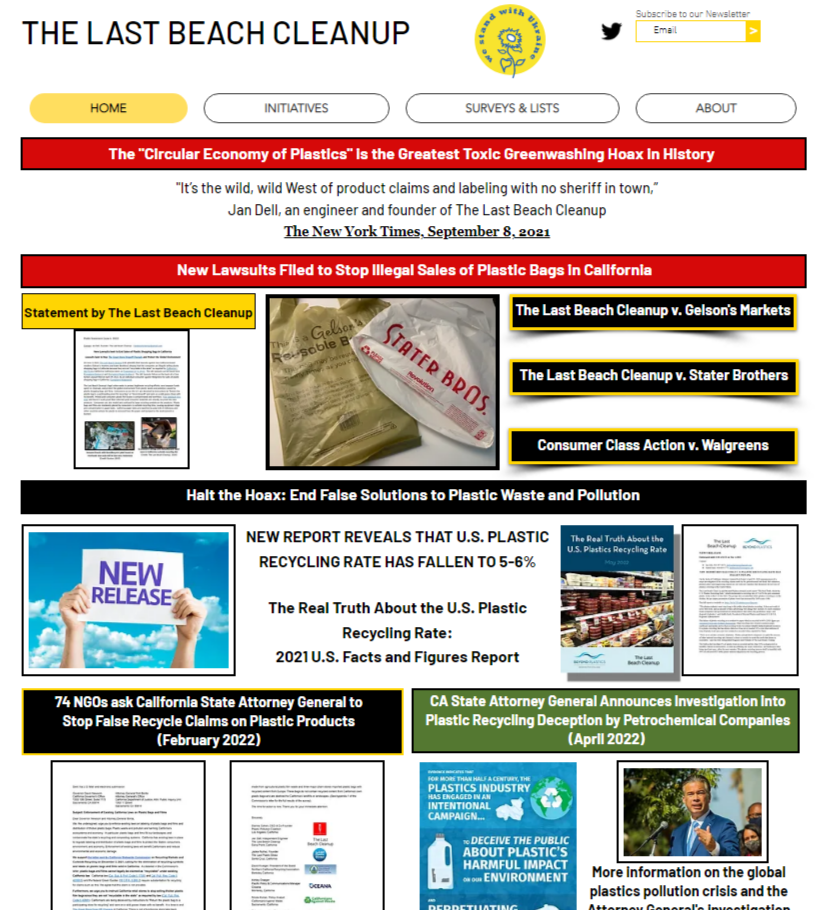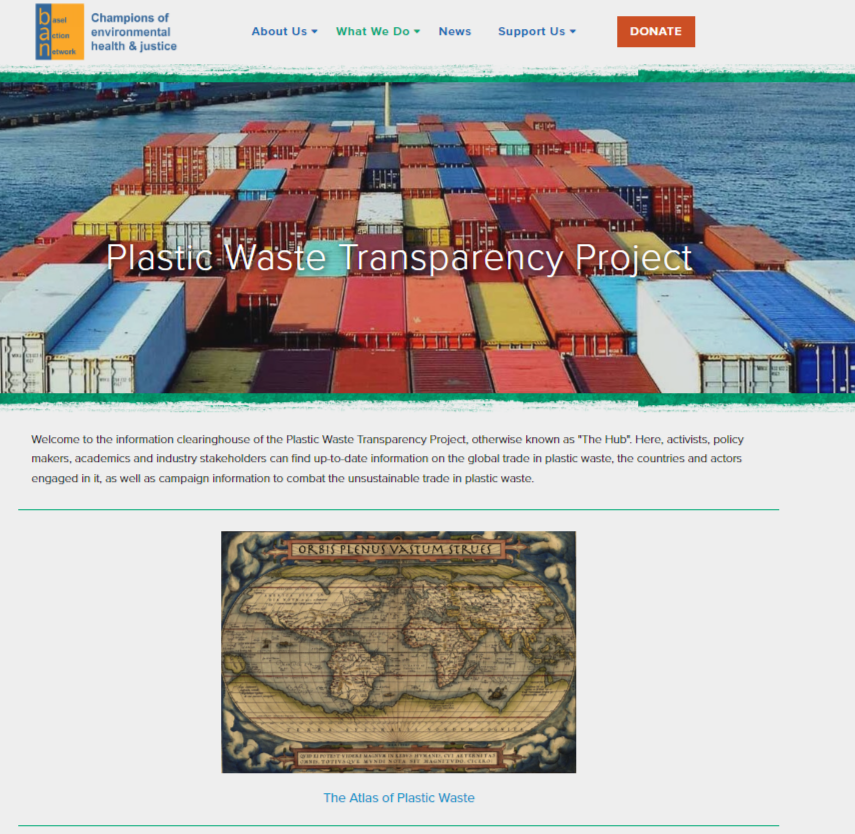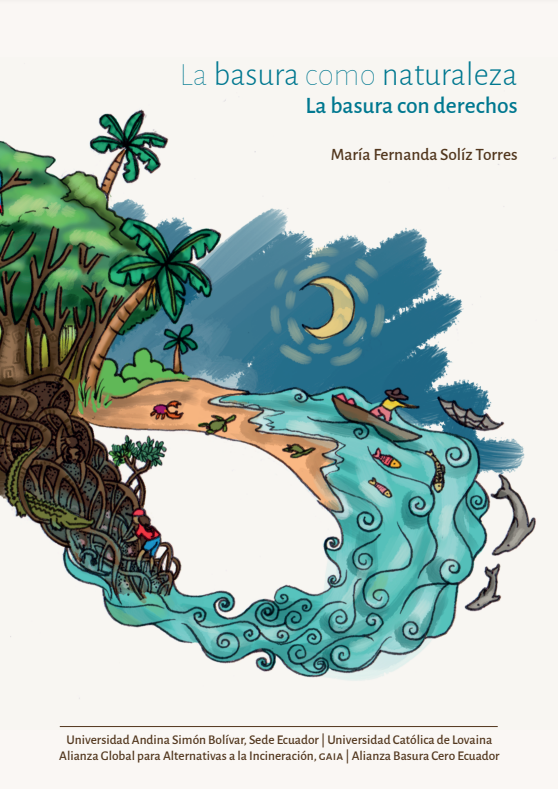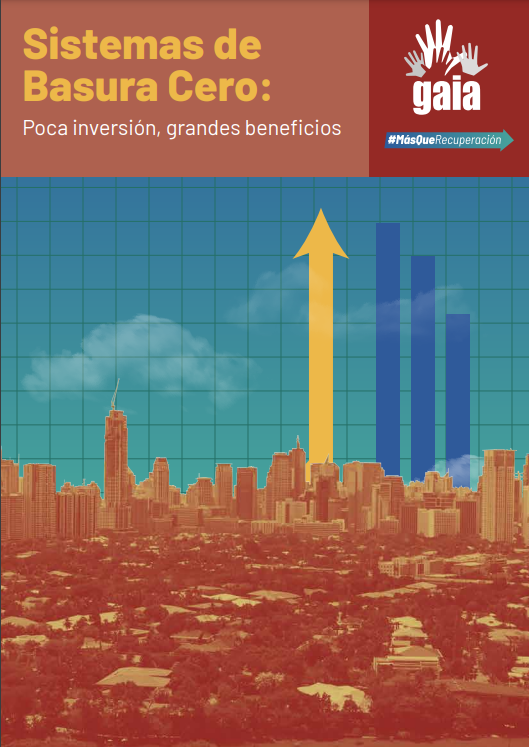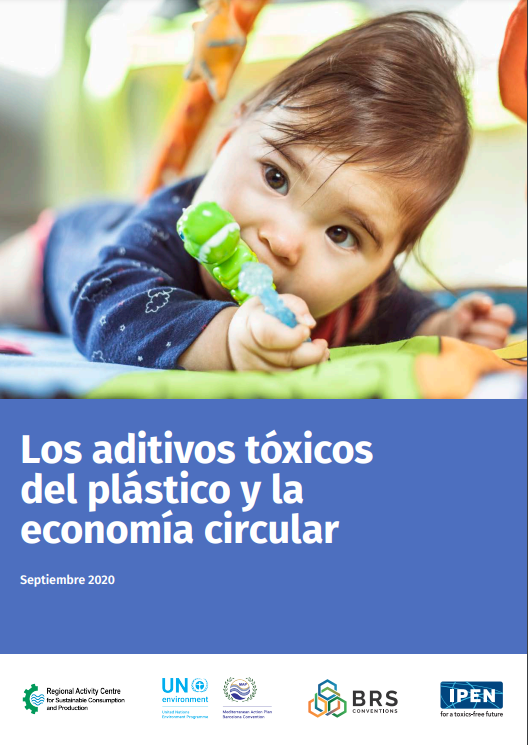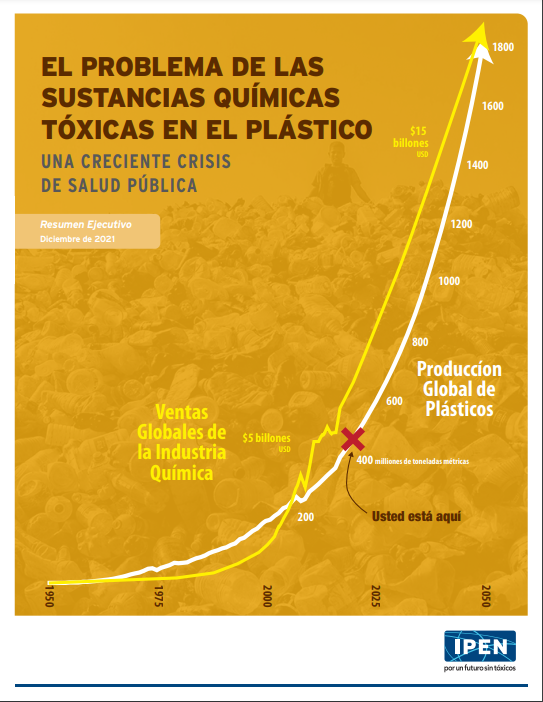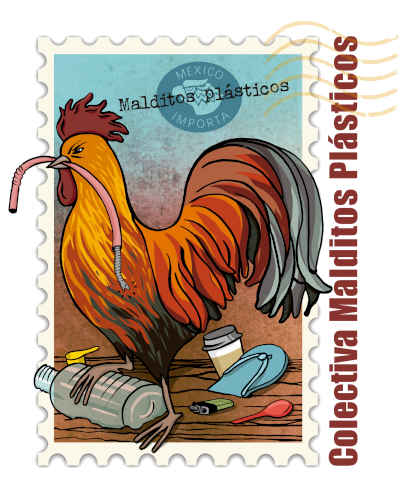Plastic waste as a commodity in the context of Basel and the Plastics Amendment
Effective January 1, 2018, China banned the import of plastic waste (tariff code 3915) because it is not amenable to recycling; because of its toxicity; and because it causes serious pollution problems and health damage in its territory. This measure forced the United States (USA) and other countries that are major generators of plastic waste to redirect their waste exports to less developed countries under the argument that they are exported for supposed recycling.
Exports of plastic waste to Mexico increased from 2018 to 2021 by 121%, despite the entry into force of the Basel Convention's Plastics Amendment in January 2021. However, official data from the Mexican government indicate that it was 2021 when the largest entry of these wastes into our country was reported.
The Basel Convention seeks to control the transboundary movements of hazardous wastes and their disposal. It is a binding instrument created as a global response to the alarming increase in the international trade of toxic wastes, and seeks to "protect, through strict control, human health and the environment against the harmful effects that may result from the generation and management of hazardous wastes and other wastes.” Mexico has been a signatory to the Basel Convention since 1989, which came into force in 1992.
The Plastics Amendment is a formal modification to the provisions of the Basel Convention that aims to address the high level of pollution generated by plastic waste worldwide, both in the marine environment and in the local populations of the poorest countries affected by the shipment of this waste.
Total exports of plastic waste to Mexico
| 2015 | 2016 | 2017 | 2018 | 2019 | 2020 | 2021 | |
|---|---|---|---|---|---|---|---|
| Volume (tons) | 58,243 | 66,857 | 74,618 | 79,291 | 78,538 | 129,385 | 175,586 |
| Annual Growth | 14.8% | 11.6% | 6.3% | -0.9% | 64.7% | 35.7% |
There are currently worldwide efforts to put an end to the plastic pollution crisis through a legally binding International Treaty on Plastics, which includes the complete life cycle of plastic for both terrestrial and marine environments. However, the colonialism of plastic waste is wrongly promoted by the current government, by encouraging these toxic imports with the argument of economic reactivation, job creation, and currency exchange.
In addition, we see with concern that the legislative branch has promoted reforms to the national waste legislation and initiatives for new laws, which encourage the industry to continue producing toxic plastics, such as the proposed General Law of Circular Economy, which disguises the incineration of plastics as "recycling". Added to this scenario are the rulings of the Supreme Court of Justice of the Nation in favor of the soft drink companies, which protects them from complying with state legislation that prohibits single-use plastics.
All of this shows not only a lax stance toward the necessary regulation and reduction of the production, consumption, and disposal of plastic waste in the country, but also a policy that has not addressed the problem of exporting this contaminated waste from other countries to Mexico.
Total exports of plastic wast to Mexico by origin
Source: Own elaboration based on systematized data from the Sistema de Información Arancelaria Vía Internet de la Secretaría de Economía (Tariff Information System via Internet of the Ministry of Economy, SIAVI)
